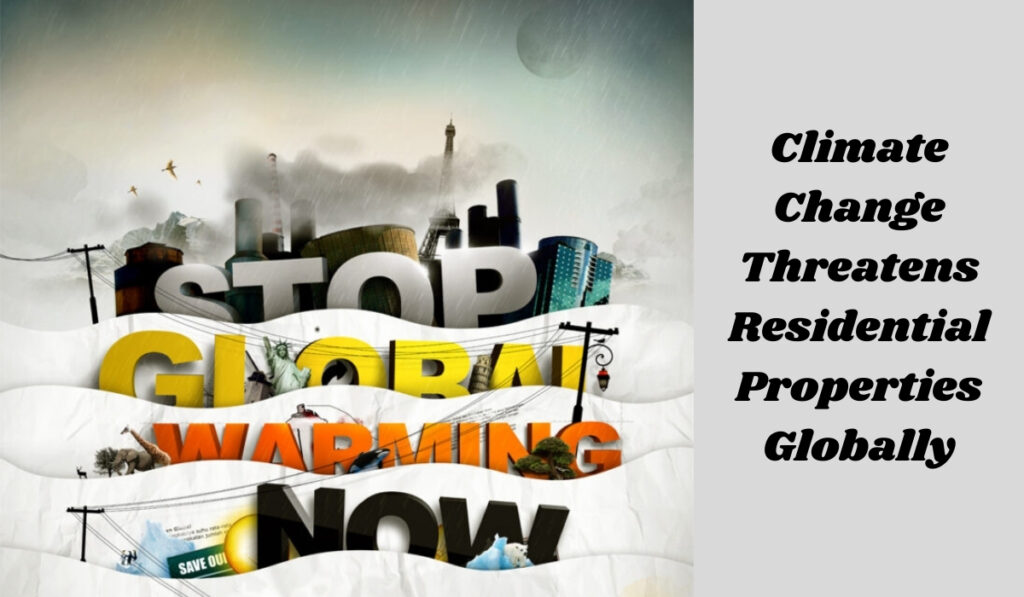Change Climate Threads
When we think of places vulnerable to climate change, we often imagine far-off landscapes like rice paddies in Bangladesh or low-lying islands in the Pacific. However, the reality hits closer to home, as a surprising number of residential properties worldwide face threats from global warming. This article explores the unexpected risks posed to homes by severe weather events driven by greenhouse gas emissions.
Vulnerability of Residential Properties:
- Around a tenth of the world’s residential property value is at risk due to climate change, despite many of these properties being far from coastal areas.
- From tornadoes wreaking havoc in mid-western American suburbs to massive hailstones damaging roofs in Italian villas, severe weather events are increasingly affecting residential areas globally.
Costs and Consequences:
- The potential costs of climate change impact and mitigation efforts on residential properties are staggering.
- Estimates suggest that by 2050, climate change could reduce the value of global housing by 9%, equivalent to a staggering $25 trillion—almost as much as the annual GDP of the United States.
- This looming financial burden poses significant challenges to individuals, communities, and the global financial system, sparking debates over who should bear the costs.
Implications for Individuals and Financial Institutions:
- Climate-related damage to residential properties not only affects homeowners but also has broader implications for insurance companies, banks, and investors.
- Insurers may face increased claims due to weather-related damages, potentially leading to higher premiums for homeowners.
- Banks and mortgage lenders could encounter challenges with loan repayment as property values decline, impacting their balance sheets and loan portfolios.
Call for Action and Responsibility:
- Addressing the threats posed by climate change to residential properties requires concerted efforts from governments, businesses, and individuals.
- Implementing policies to reduce emissions from buildings and infrastructure is crucial to mitigating climate-related risks.
- The debate over who should bear the financial burden of climate change impacts underscores the need for equitable solutions and global cooperation.
Conclusion:
The looming threat of climate change to residential properties highlights the urgent need for proactive measures to mitigate risks and protect communities worldwide. As severe weather events become more frequent and intense, addressing the challenges posed by climate change must be a top priority for governments, businesses, and individuals alike.
Governments are called upon to implement and enforce robust building codes and land-use policies that account for the evolving climate realities, ensuring that new developments and retrofits are resilient to extreme weather conditions.
Businesses, particularly those in the construction and real estate sectors, must integrate sustainability and climate resilience into their practices, from adopting innovative building materials to investing in energy-efficient technologies.
Individuals, too, play a crucial role by adopting climate-conscious behaviors, such as making energy-efficient home improvements, preparing for emergencies, and supporting policies that promote environmental sustainability.
The collective effort to enhance resilience and adapt to climate change is not just about protecting properties but also about securing the well-being and safety of communities now and for future generations. Addressing this issue with a unified approach will be essential to mitigating the impacts of climate change and ensuring that we are better equipped to face the challenges ahead.
References:
- Research studies on the impact of climate change on residential properties
- Reports from international organizations and financial institutions
Statements and policies from government agencies and climate advocacy groups

